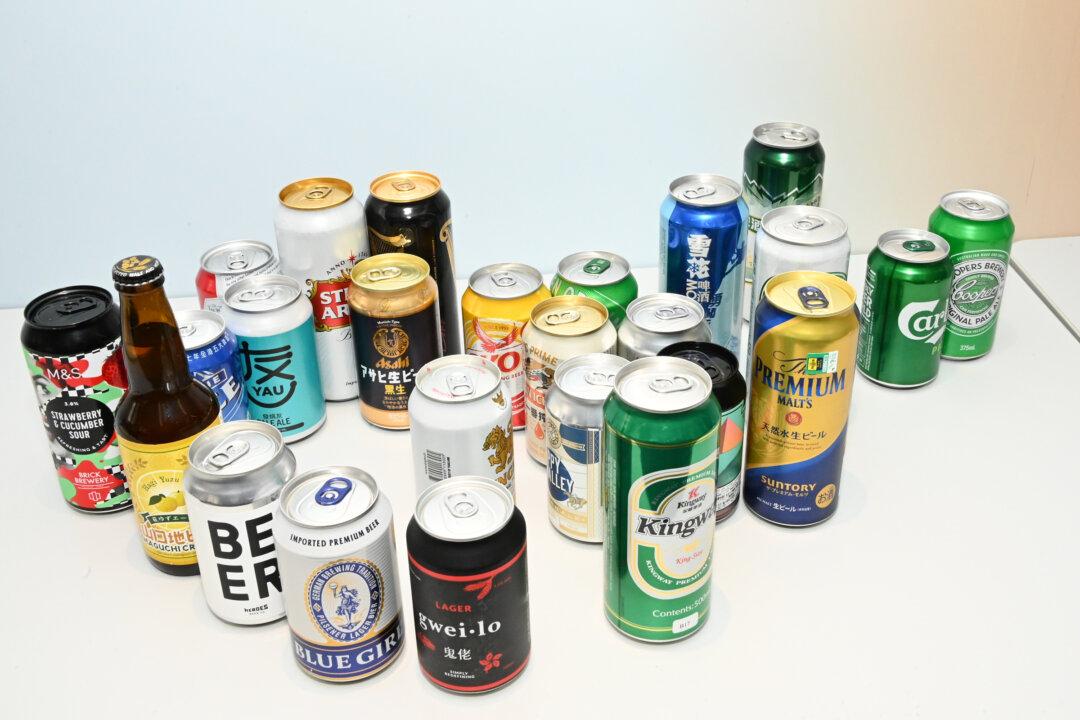Hair dryers are common household appliances used primarily for drying hair. The Consumer Council tested 13 hair dryers available in the market earlier, and the results were announced on Sep. 14. The tests revealed that the drying speeds of these hair dryers can differ by up to 0.85 times. Additionally, two of them produced a maximum hot air temperature exceeding 96°C. Moreover, one hair dryer claimed to generate negative ions, but the measured negative ion concentration was similar to that of hair dryers without this feature. The Consumer Council advises consumers to purchase products with appropriate power and design according to their needs, avoid prolonged high-temperature hair drying to prevent hair damage, and save energy.
The 13 hair dryers tested have rated powers ranging from 1,000W to 2,300W, with seven models having powers of 1,700W or above and the remaining six having 1,600W or below. Two of these are “travel hair dryers” with dual voltage options. The prices of these dryers ranged from HK$199 (US$25.4) to HK$3,680 (US$470.2). The test items included drying speed, hair drying temperature, heating uniformity, negative ion concentration, and safety tests.
Among the 13 hair dryers, 10 received the highest overall ratings of 4 stars. Among the higher-powered models (1,700W or above), the most affordable one was the “Panasonic” model (EH-NE66), priced at HK$398 (US$50.9), with a rated power of 1,700 to 1,900W. The next was the “Philips” model (BHD538), priced at $538 (US$68.7), with a higher rated power of 1,930 to 2,300W.
Drying Speeds Can Differ by Up to Approximately 0.85 Times
Regarding drying speed, the tests found that the time taken to dry the same amount of moisture could differ by about 0.85 times between different models. Based on this calculation, the fastest hair dryer could dry hair in about 5 minutes, while the slowest model would take over 9 minutes.The Council also tested the air temperatures at different distances under the highest temperature and wind speed settings. The measured air temperatures ranged from 51°C to 108°C, with one model having a lower air temperature between 57.3°C and 64.8°C, which is below the recommended international standard of 75°C. Two other models recorded high temperatures of over 96°C and 108°C at different operating distances.
One Model Suspected of Not Producing Negative Ions
Consumers also consider whether hair dryers can generate negative ions. All 13 models claimed to produce negative ions. However, the Consumer Council’s tests found that one model, “amika” (SOHO), only measured 361 negative ions per cubic centimeter, similar to hair dryers without negative ion function. The Council even stated that there is reason to suspect that “the measured negative ions were from the environment rather than generated by the sample.”Excluding “amika,” the remaining models had varying negative ion concentrations. The lowest concentration was found in the “Parlux” model (model: ALYON), with over 830,000 negative ions per cubic centimeter, differing over 106 times from the highest concentration of over 89.9 million negative ions per cubic centimeter. The distributor of “Parlux” responded to the Consumer Council’s inquiry by stating that their product’s harmful ion concentration could reach up to 50 million per cubic centimeter, differing nearly 60 times from the test value.
However, the Council stated that the test items still needed to be established when manufacturers designed and tested the products, as they were conducted according to the latest international standards published in August 2022. Therefore, the Council recommends manufacturers describe their methods of measuring negative ion concentrations to increase transparency.
Furthermore, although all models passed safety tests for structural and abnormal operation items, one model recorded a temperature rise in the motor coil exceeding the standard limit by 15°C. This could accelerate the aging of the product’s coil insulation, affecting product safety and lifespan.
The Electrical and Mechanical Services Department (EMSD) has stated that it has contacted suppliers after reviewing the relevant test reports. Although some models did not fully meet safety standards, these models do not pose a danger under normal operation, and the suppliers have committed to making corresponding improvements.




